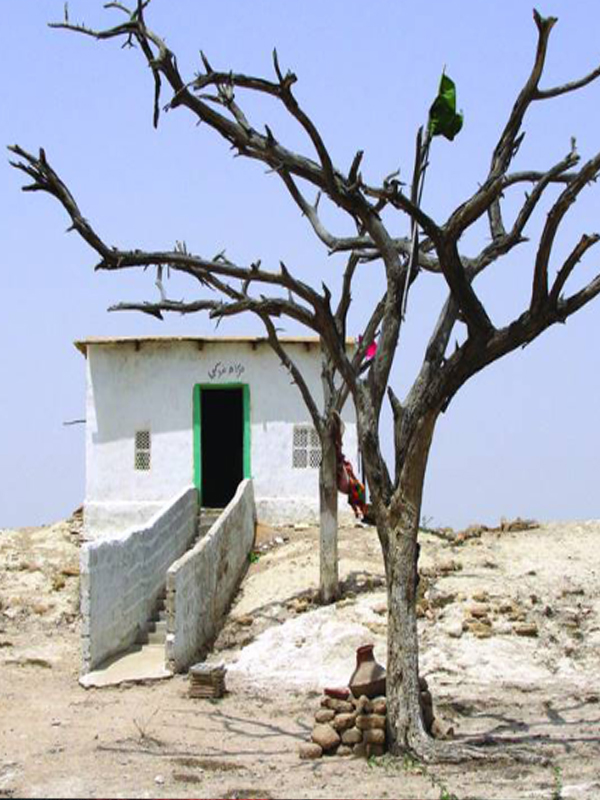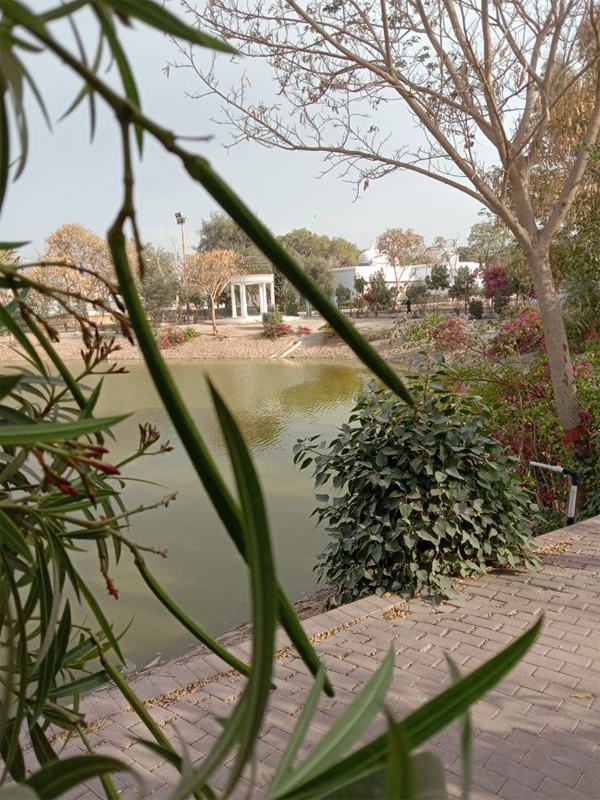Shah Abdul Latif Bhittai Vs Mawlana Jalaluddin Rumi
A Comparative Study of Shah Abdul Latif Bhittai and Mawlana Jalaluddin Rumi: Poets of the Eternal Soul
Shah Abdul Latif Bhittai (1689–1752) and Mawlana Jalaluddin Rumi (1207–1273) are towering figures in the realm of Sufi poetry, each articulating the mystic’s journey toward the Divine through their unique cultural lenses. This study delves into their lives, poetic themes, and the enduring impact of their works, enriched with authentic verses in their original languages and accurate English translations.
- Historical and Cultural Contexts
Mawlana Jalaluddin Rumi was born in 1207 in Balkh (present-day Afghanistan) and later settled in Konya (present-day Turkey). Living during the tumultuous period of the Mongol invasions, Rumi’s encounter with the mystic Shams Tabrizi profoundly transformed his spiritual outlook, leading to the creation of his seminal work, the Masnavi-i Ma’navi (Spiritual Couplets).
Shah Abdul Latif Bhittai, born in 1689 in Hala Haweli, Sindh (present-day Pakistan), traversed the diverse landscapes of Sindh, absorbing its rich cultural and spiritual heritage. His experiences culminated in the composition of Shah Jo Risalo (The Message of Shah), a poetic compendium reflecting the ethos of Sindhi folklore intertwined with Sufi mysticism.
- Themes of Divine Love and Unity
Both poets eloquently express the soul’s yearning for union with the Divine, employing metaphors that resonate deeply within their cultural contexts.
Rumi often uses the metaphor of the reed flute, symbolizing the soul’s lamentation of its separation from the Divine:
Persian:
بشنو از نی چون حکایت میکندوز جداییها شکایت میکند
Transliteration:
Beshno az ney chun hekayat mikonad
Vaz jodayiha shekayat mikonad
Translation:
“Listen to the reed as it tells its tale,
Complaining of separations’ wail.”
Bhittai employs the narrative of Sassui’s arduous journey through the desert, symbolizing the soul’s trials in seeking the Beloved:
Sindhi:
سَسُئي! سُورَتِيان، سَندو سَڄَڻَ سِينپيرين پنڌُ پُرينءَ ڏي، ڪَرِين ڪانهي ڪِين
اُڀي ٿِي اُوهان، پُڄڻَ پَسَڻَ جِي.
Transliteration:
Sassui! suratian, sando sajan seen
Perin pandh parin de, karin kanhi keen
Ubhi thi oohan, pujan pasan ji.
Translation:
“Sassui! With the image of the beloved in mind,
Walk barefoot towards the Friend, without hesitation.
Stand firm in your resolve, to reach the destination.”
While Rumi’s metaphor emphasizes the soul’s innate sorrow of separation, Bhittai’s narrative highlights the perseverance required in the journey toward the Divine.
- Universalism and Humanism
Both poets transcend the confines of religious orthodoxy, advocating for a universal love that embraces all of humanity.
Rumi extends an open invitation to seekers of all backgrounds:
Persian:
بیا بیا هر آنکه هستی بیاگر کافر و گبر و بتپرستی بیا
این درگه ما درگه نومیدی نیست
صد بار اگر توبه شکستی بیا
Transliteration:
Biya biya har anke hasti biya
Gar kafir o gabr o but-parasti biya
In dar gahe ma dar gahe na-omid nist
Sad bar agar toba shekasti biya
Translation:
“Come, come, whoever you are, come!
Be you an infidel, a fire-worshipper, or an idolater, come!
Our court is no place for despair.
Even if you have broken your vows a hundred times, come!”
Bhittai emphasizes the importance of love and service to humanity as a means of connecting with the Divine:
Sindhi:
جيڪا ڀائرين جا گام، سا ته ڪانهي ڪفر ۾جيڪا انساني جان، سا ڏٺو در ديوان.
Transliteration:
Jeka bhairyoon jaa gaam, saa ta kaanhi kufr mein
Jeka insani jaan, saa deetho dar diwaan.
Translation:
“The path of serving humanity is not one of disbelief;
Wherever there is love for humans, there lies the threshold of the Divine.”
Both poets advocate for an inclusive spirituality that transcends religious and cultural boundaries, emphasizing the unity of all beings in the pursuit of divine love.
- Symbolism and Mystical Imagery
The use of rich symbolism and allegory is a hallmark of both poets’ works, serving as vehicles to convey profound spiritual truths.
Rumi employs the metaphor of the mirror to illustrate the concept of self-reflection and the unveiling of the soul:
Persian:
آینهای هست در هر دیدهایهر دلی را در نظر پیچیدهای
Transliteration:
Ayena-i hast dar har dide-i
Har dali ra dar nazar pichide-i.
Translation:
“There is a mirror in every eye,
Each heart is a reflection of the Divine.”
Bhittai, on the other hand, uses the vastness of the desert and the resilience of its inhabitants as a metaphor for spiritual endurance:
Sindhi:
وڄيون وسڻيون وسن، ڌُنون ڌڻيءَ ڏيون،ڪنهن ماروءَ مارن ۾، پئي آهي پيالو.
Transliteration:
Vajiyoon vasaniyon wasan, dhuno dhaniyen diyo,
Kehn maro maran mein, payi aahe piyalo.
Translation:
“Thunderclouds bring rain, blessings pour from the Divine,
Yet some wanderers remain parched, seeking the cup of love.”
While Rumi’s symbols soar into the metaphysical, Bhittai’s symbols are rooted in the tangible experiences of his land and people.
Conclusion
Shah Abdul Latif Bhittai and Mawlana Jalaluddin Rumi are kindred spirits in their shared quest to articulate the ineffable. Through their poetry, they offer humanity a glimpse into the eternal truth of divine love and unity. Where Rumi speaks with the cosmic voice of the heavens, Bhittai whispers the earthy resilience of Sindh. Together, they illuminate the path for seekers across generations, cultures, and geographies.


